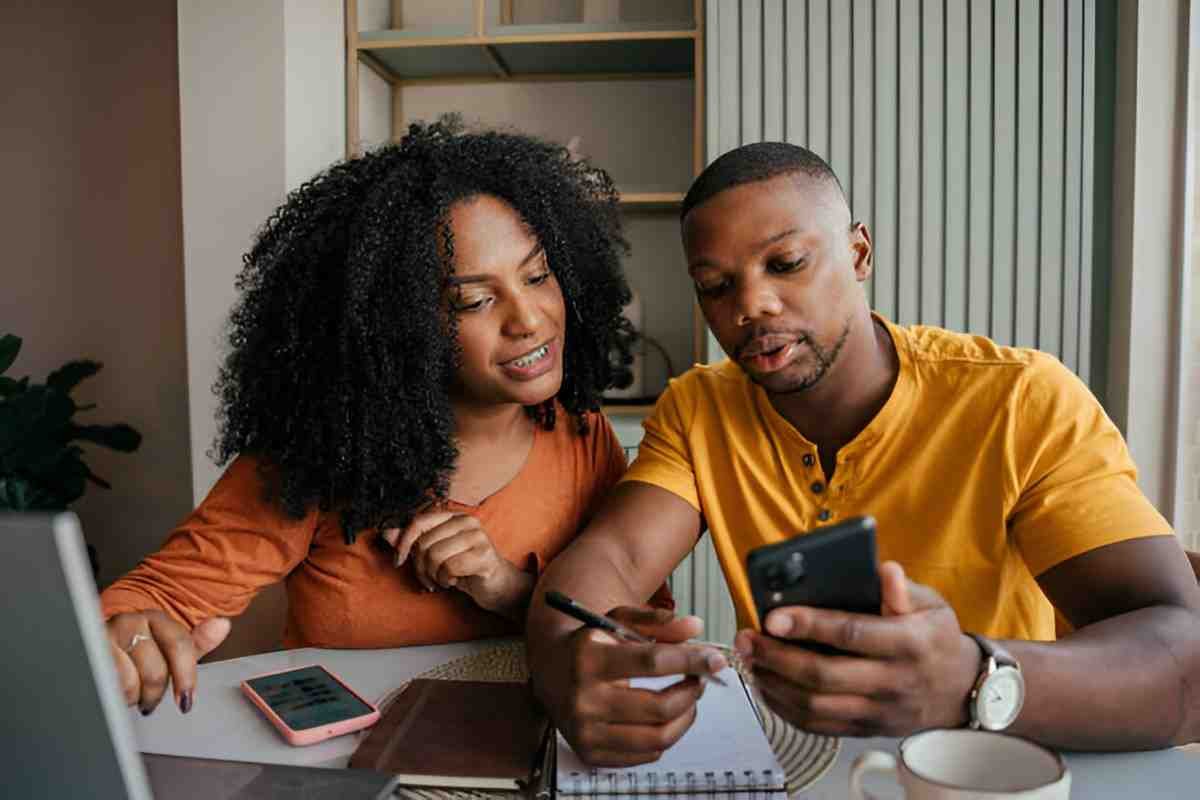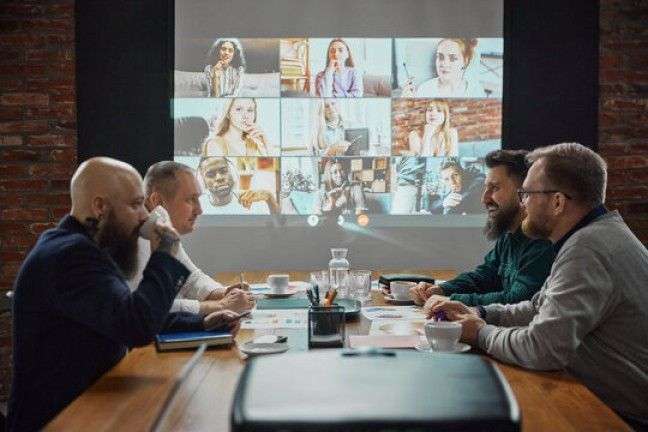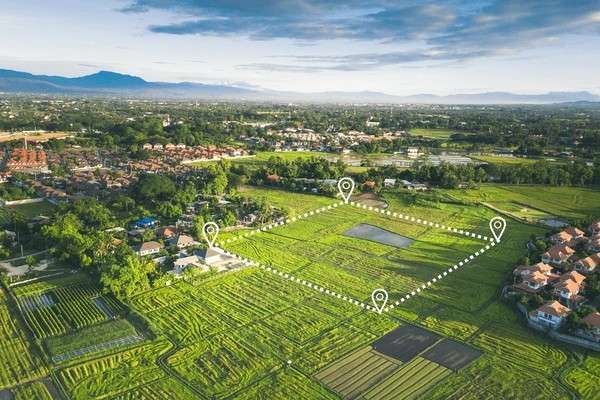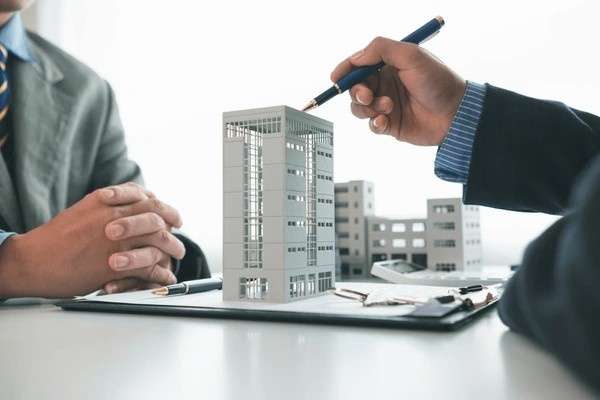When I think about relationships, I often see them through the lens of an investment. Much like the stock market or a business venture, relationships require both time and resources. In return, they have the potential to offer substantial rewards. But these rewards don’t always come quickly, and the investment must be managed carefully. Over time, I’ve come to realize that a successful relationship mirrors the principles of investment in more ways than one.
Table of Contents
Understanding the Concept of Investment
When we talk about an investment, we usually think of something that requires an upfront cost with the expectation of a return later. For example, when I put money into a savings account or purchase stock, I expect it to grow or generate interest over time. In a similar way, relationships require an upfront investment of emotional, physical, and mental resources. This initial investment, however, is not one-sided. The returns I get are based on the efforts both parties put into it.
The process of investing in a relationship is like planting a seed in a garden. I nurture it with care, attention, and patience, and over time, it grows into something meaningful. Sometimes, it may take years for that seed to bloom fully, but when it does, the returns can be immeasurable.
Emotional Investment
Emotional investment is perhaps the most significant part of a relationship. I’ve found that the more I invest emotionally in a person, the more the relationship flourishes. Just like in a financial investment, the greater the emotional capital I commit, the greater the potential rewards. Emotional capital refers to the depth of trust, love, and mutual respect that I build with my partner.
Think of it as depositing funds into a relationship account. Each meaningful conversation, each act of kindness, and each moment of shared understanding is a deposit. The emotional savings account grows stronger, allowing the relationship to weather difficult times. Without these emotional deposits, the relationship is more likely to drain quickly under the pressures of everyday life.
The Return on Investment (ROI)
A crucial part of any investment is calculating the return on investment (ROI). In relationships, this can be difficult to quantify, but the emotional rewards are certainly noticeable. I can tell when the relationship is thriving because there’s mutual happiness, shared goals, and a feeling of being supported through challenges. Just like a good investment portfolio provides financial stability, a well-invested relationship provides emotional stability.
In practical terms, a high ROI in a relationship can be measured through factors like:
- Personal Growth: A relationship that encourages me to grow as a person is a sign of a good investment. I feel that the more effort I put into understanding my partner and working through challenges, the more I evolve.
- Support System: A relationship offers me a reliable network of support when times get tough. This support, both emotional and practical, is a huge return.
- Shared Success: Just as a financial investment grows, a relationship that I’ve invested in grows with shared success, whether it’s career milestones, family achievements, or emotional fulfillment.
Managing Risks
As with any investment, relationships come with risks. Not every relationship will result in the desired return, and some may lead to emotional loss. However, the key to managing these risks lies in making informed decisions and committing to the investment with a sense of clarity and awareness.
Risk in relationships can manifest in many ways, including:
- Miscommunication: One of the biggest risks to a relationship is not fully understanding each other. Just like a poorly researched investment, miscommunication can lead to misunderstandings and eventual dissatisfaction.
- Time Investment: Sometimes, relationships take a lot of time to show their true value. The challenge is knowing when to stay patient and when to move on.
- Emotional Vulnerability: Investing emotionally in someone means opening up to the possibility of heartbreak. The risk of emotional hurt is real, but it is also part of what makes the rewards so worthwhile when the relationship flourishes.
The key is to make decisions with an understanding of these risks, just as an investor would weigh the risks of any investment. This might mean setting boundaries, communicating openly, and checking in on the emotional health of the relationship periodically.
The Power of Compounding Efforts
In financial investments, compounding returns can significantly increase the value of an investment over time. Relationships work similarly. Small gestures of kindness, appreciation, and understanding, when done consistently, accumulate and strengthen the relationship over time.
For instance, let’s consider the following illustration:
| Year | Emotional Deposits (efforts) | Relationship Value (happiness, growth, etc.) |
|---|---|---|
| 1 | Daily acts of care, attention | 20% growth in trust and understanding |
| 2 | Regular communication, support | 35% growth in emotional connection |
| 3 | Shared goals, compromise | 50% growth in mutual fulfillment |
| 4 | Problem-solving together | 75% growth in stability and trust |
| 5 | Deep understanding, gratitude | 100% growth in emotional security |
As seen in the table, small, consistent deposits compound over time to create a relationship that offers deep emotional security and satisfaction. In this way, the more time and effort I invest in the early years, the more profound the relationship becomes.
Active Participation
In financial investments, it’s common to monitor the progress of your portfolio and make adjustments when needed. Similarly, in relationships, active participation is essential. It’s not enough to make an emotional deposit and expect things to run smoothly without any further attention.
Active participation can take many forms:
- Regular Communication: I find that checking in with my partner frequently, especially in the midst of life’s busyness, keeps the relationship strong.
- Flexibility: Life throws curveballs. Being flexible and open to change helps the relationship grow instead of becoming stagnant.
- Problem-Solving: Just like a financial portfolio, a relationship requires strategic problem-solving. When issues arise, I focus on finding solutions together, rather than avoiding them.
By actively managing the relationship, I ensure that I’m continually investing in its growth and health.
Examples of Real-Life Application
I’ve seen examples of how relationships, when treated like investments, can lead to profound rewards. Let me share a few:
Example 1: Long-Term Friendship
One of my closest friends is someone I met in my college years. We started as acquaintances, but over time, our relationship deepened. We invested in each other’s growth, supported each other through challenging times, and celebrated each other’s successes. Today, that friendship provides immense emotional support, laughter, and shared experiences that have enriched both of our lives. I can confidently say that the emotional capital I’ve invested in this friendship has paid off many times over.
Example 2: Romantic Relationship
My partner and I have been together for several years now. In the early days, our relationship was filled with passion and excitement, but we knew that to make it last, we would need to invest in deeper emotional understanding and shared goals. Over the years, we’ve faced challenges, from career changes to health issues, but because we continued to invest in open communication, shared experiences, and mutual support, our bond has grown stronger. The return on investment has been both tangible and intangible—greater happiness, deeper love, and a more fulfilling life.
Example 3: Family
Family relationships also require significant investment. Over time, I’ve learned that investing in my family members, whether through quality time, active listening, or offering support, strengthens our bond. In return, I have a strong sense of belonging, love, and security. These returns are priceless.
Conclusion
Looking at relationships as an investment has changed the way I approach them. It’s not just about the immediate rewards; it’s about committing time, effort, and emotional energy with the understanding that over time, the returns can be substantial. As with any investment, it’s crucial to manage risks, actively participate, and allow time for compounding rewards. Whether it’s a friendship, a romantic relationship, or family bonds, the effort invested will shape the emotional and personal growth that emerges.
In the end, I believe the greatest return on investment in any relationship is the joy, fulfillment, and growth that come from truly connecting with others.





